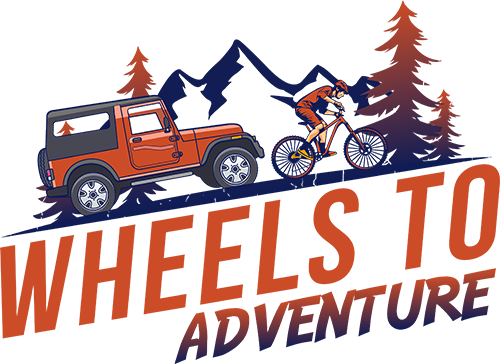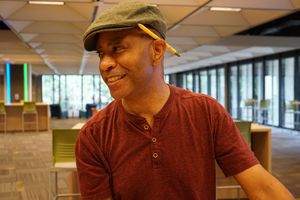The idea of the Great American Rail Trail (GMRT) is turning old, unused, and historic train rail lines into bikes paths, and then connecting them. Thousands of these old railroads intersect America like veins in the body. Just like the blood coursing through a body’s veins delivering oxygen and nutrients to the body, the rail lines of the past were America’s lifeblood. Goods, fuels, and foodstuffs traversed the country, bringing items for towns and cities to the country's interior, allowing them to survive and thrive.
However, eleven miles from the capital of America, the beginning bike route on the GMRT trail is not a converted rail line; but a trail created from the dying body of a transport system displaced by rail lines. In the early 1800s, water was the best way to transport goods and people quickly. The rivers of the East and down into the Mississippi were always filled with boats and barges transporting goods and materials. The Chesapeake and Ohio Canal; known today as the C&O Towpath operated for over 100 years as the lifeline for communities along the Potomac River. Coal, sugar, cotton, and other goods were loaded on to barges and pulled by mules.
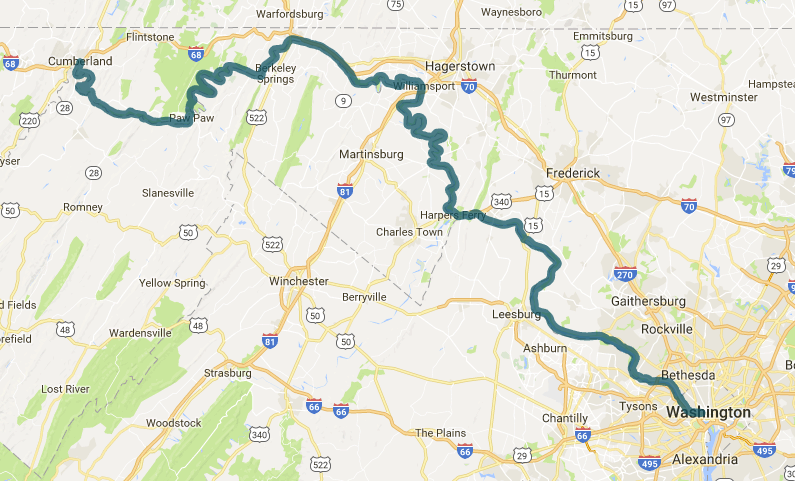
As the country turned to the use of coal powered train lines, the C&O began its descent into disuse. It was turned into a National Park in 1971 and today hosts over 5 million visitors. A number that is higher than the revered Yellowstone Park. Oddly, the bike path along the many locks was developed in 1960.
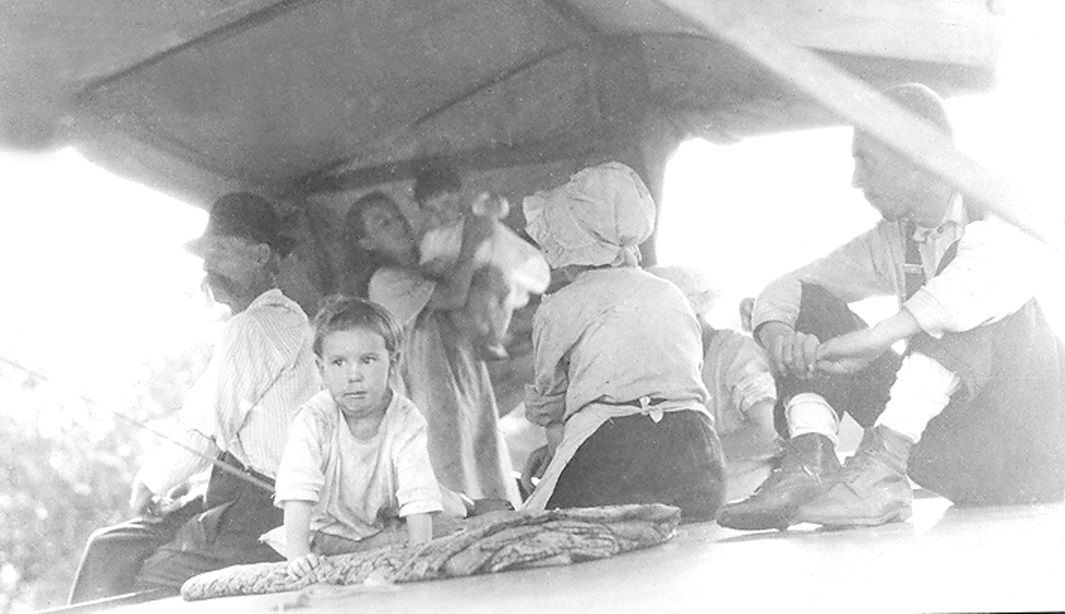
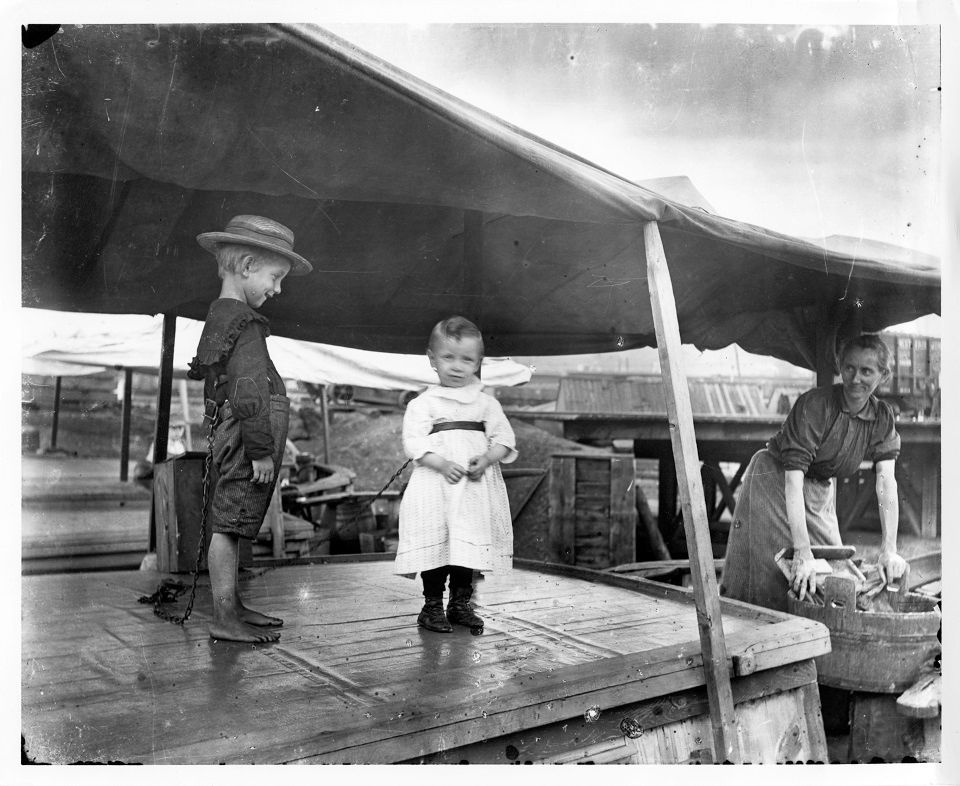
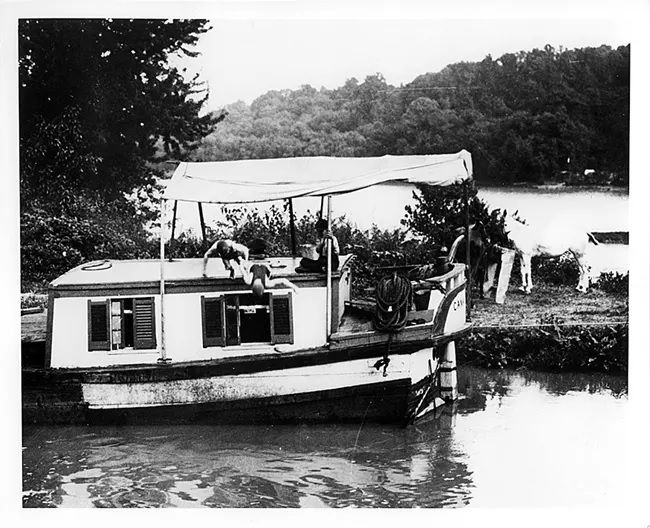
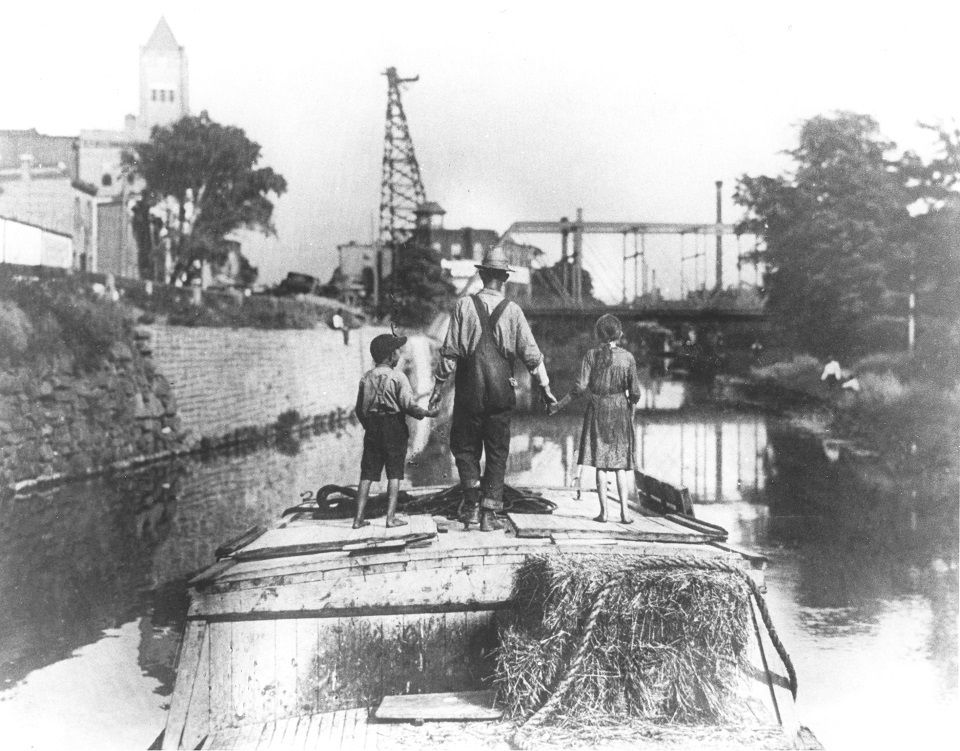
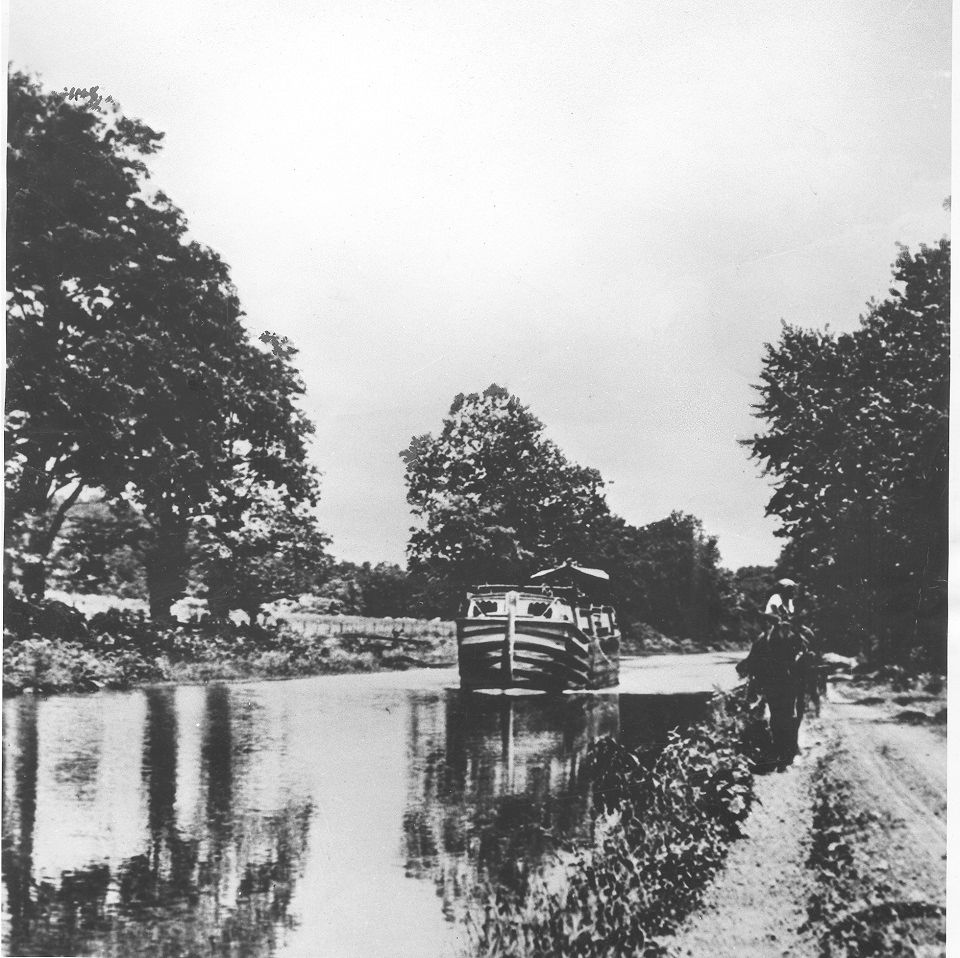
I take a good 15 minutes to load all my stuff into its last places and onto my bike. When I pedal away, heading toward the unknown on my personal adventure, it takes just 15 seconds to receive my first two rookie bike touring lessons. The bike is unbalanced as hell. I’m not riding, I’m wobbling on two wheels. At no point in the preceding months had I even attempted to load all my gear and take a ride. Nope, never did. Rookie mistake number one and unforgivable. There is no shortage of posts on the Facebook group, Biking and Bikepacking, telling new members to go on trial runs.
Second, I discover the reason newer bikes—especially for touring—have step-thru frame models. I’m a child of the 80s so whenever I saw these bikes, I just associated them as girl bikes. And that is true to a point, but there are plenty of guys riding them too, for one reason; when your bike is loaded up, it is a pain to put your leg over the frame and get on the bike. Especially when you are overloaded, and your gear is not evenly distributed.
I had too much weight, and it did not take me long before I had to pull over and repack nearly everything. Somewhere on the web, I found a post that suggested putting the heavier items in the front panniers in order to keep the front wheel down. That sounded like rational advice, so I followed that direction and got my panniers situated to where I did not feel I was going to fall over to one side.
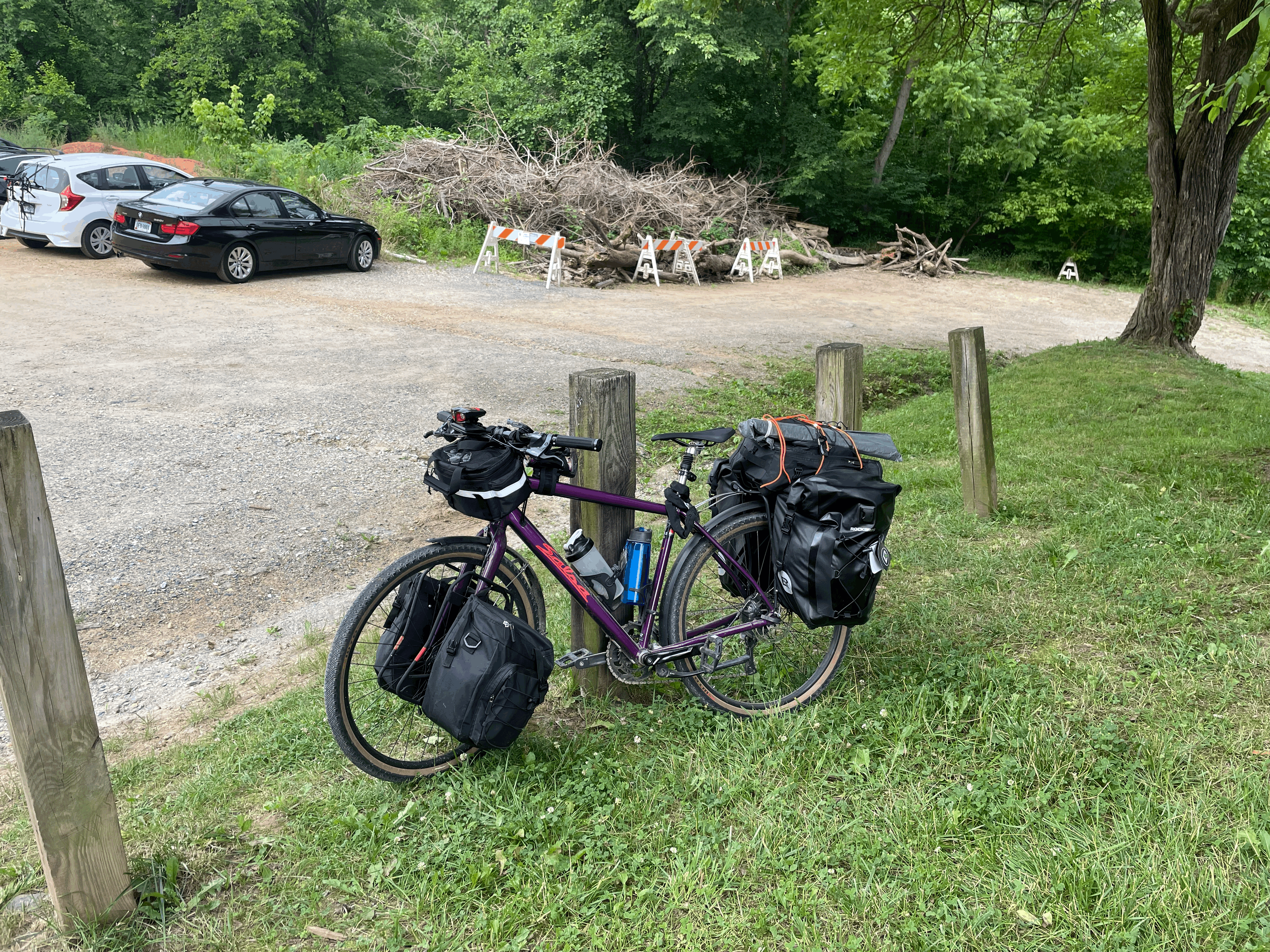
Starting was still a struggle. I was loaded for bear. The bike felt like a lumbering oil barge; slow to get going and, once started, I felt no desire to stop. Which was a problem, because the initial few miles along the path were not what I expected.
I assumed I would see other cyclists, but the sheer number of people resembled a gathering at the park during the fourth of July. See, remember that 5 million visitors annually I mentioned? Yea, they were all there and in the way of my lumbering bicycle-bus.
The crowds of people biking and walking kept me from gaining any actual speed. One reason for the large number of people became apparent four miles into my ride. Mile marker 14.3 was the location of a waterfall. It is called Great Falls and is well known to residents and any frequent national park visitor.
The falls comprise cascading rapids and several 20 foot waterfalls, with a total 76 foot drop in elevation over a distance of less than a mile.
The Potomac River narrows from nearly 1000 feet, just above the falls, to between 60 and 100 feet wide as it rushes through Mather Gorge, a short distance below the falls. The Great Falls of the Potomac display the steepest and most spectacular fall line rapids of any eastern river.
Courtesy of National Park Service
Not a lot mountains or elevation in my living state of Florida, so waterfalls are not something I get to enjoy. I was keen to enjoy them and take some photos. Unfortunately, I had all this stuff called camping gear, along with more than a few pricey electronics. What I did not have was a riding buddy that could keep an eye out on my stuff while I played tourist.
I walked the bike as close to the stairs to the falls as possible, and quickly went to the front part of the overlooking bridge to snap some photos. I got some video too, but ultimately, I don’t think they came out that well. The last thing I needed was for my trip to start off with a theft of my bike or something else.
The path of the C&O is made from two kinds of gravel. A natural sandy and crushed rock and later a crushed, gray gravel that provides a smooth, if dusty ride. The first part of the trail is normal gravel. As I pedal down the path wondering what’s ahead of me, the number of people walking thins out and then disappears. Now, I’m surrounded by bike traffic flowing in my direction and going in the opposite direction. I see a ton load of people loaded with panniers, packs, and gear. At one stop, I walk around and ask people where they are traveling to and from. Most are heading to DC from Pittsburgh or headed toward Pittsburg.
I don’t know anyone, but I feel at home among the waving bikers that speed past me. Back in Florida, I’m nuts, according to my friends. On the C&O I’m just another tourer with gear. Albeit more gear than anyone I pass on the trail.
At mile marker 30.8., I stop for something to eat. I have a small stove and food with me, but am in no mood to dig it out. I walk into the only store there and decide to order something to eat. As I lock up my bike, I meet my first trail friends.
Patrick and I believe Dale (???) is pulling up to break as well. They are both from Pennsylvania and are also riding the Great American Trail. We sit outside with well-deserved burgers, getting to know each other. They have been friends for a while and have always talked about riding the trail, but time never presented an opportunity. Now Patrick had time and jumped on the bike to travel. I ask them where they were going to camp. I had planned to listen to one piece of advice I got continually as I planned my trip “do not ride far on the first day. Take it easy.” My goal was to bike another ten miles and then camp. My new friends, however, invited me to camp with them at Brunswick, if I could make it another 25 miles.
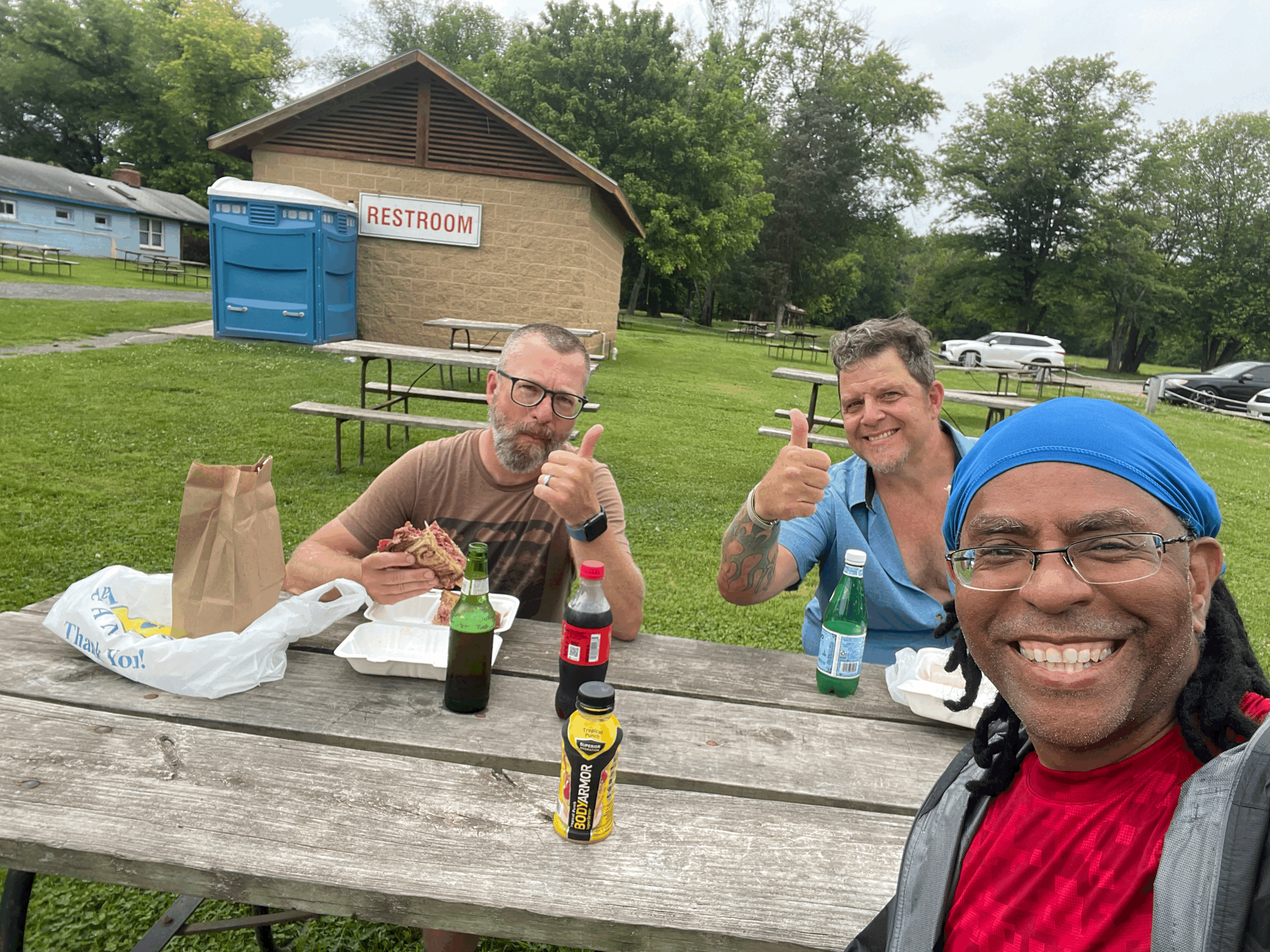
The most I had ridden before then was 20 miles. Riding an extra 25 seemed daunting. I did not think my fitness level was up to the job, given that I had not trained adequately for long rides before the start of this trip. I know, I know not the smartest thing to do. Nonetheless, I decided that if I could get there with enough time to set up my tent before nightfall, I would go for it.
